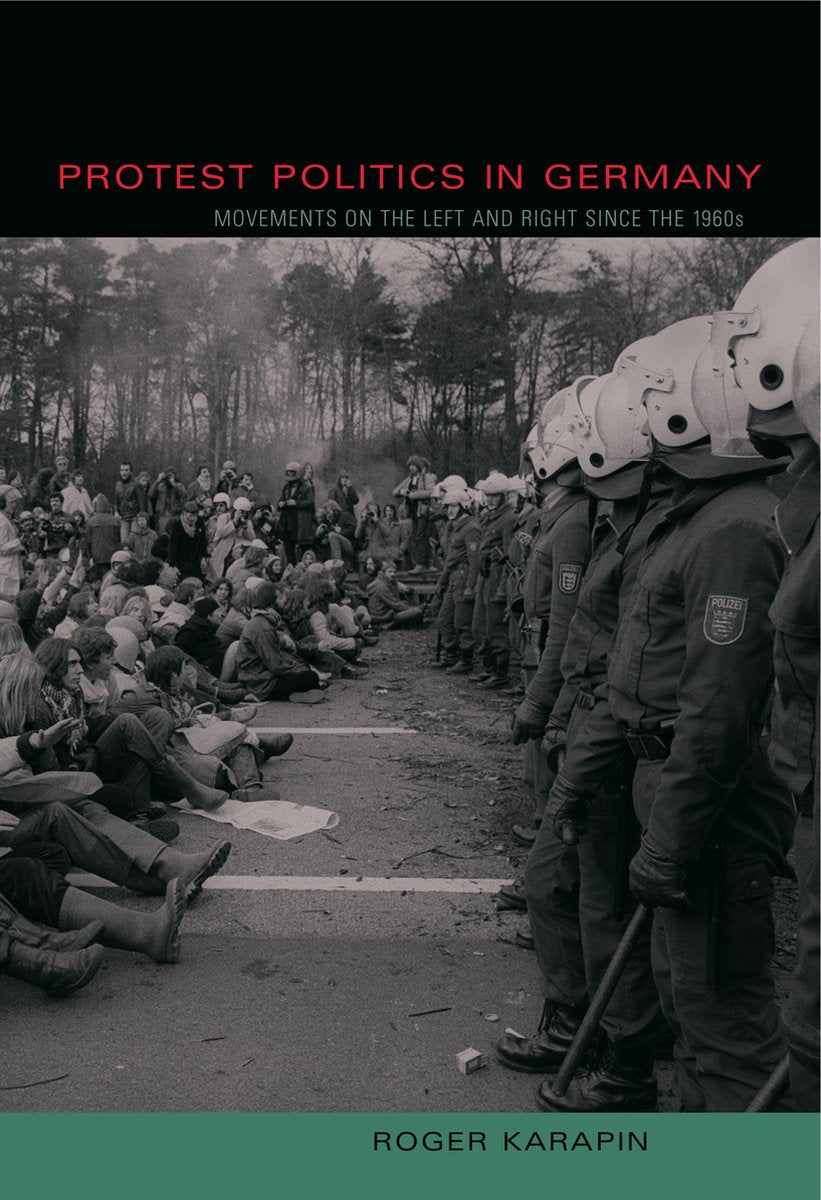De Boeken van Wouter
Protest Politics in Germany
Protest Politics in Germany
Kan beschikbaarheid voor afhalen niet laden
Verzending is beschikbaar op maandag en vrijdag
Meestal verzonden binnen 1–4 dagen na bestelling
4 boeken kopen = 3 betalen
Gratis verzending vanaf €25
Titel: Protest Politics in Germany
Schrijver: Roger Karapin
Bindingswijze: Paperback
EAN: 9780271029863
Conditie: Goed
Let op: Hieronder staat een algemene beschrijving van hoe wij onze conditietypes classificeren. Als u een nauwkeuriger beeld wilt of specifieke vragen heeft, stuur ons dan een bericht en we kijken het graag voor u na.
Conditie-omschrijvingen:
- Als Nieuw: Nauwelijks gebruikssporen, bijna als nieuw.
- Goed: Kan lichte gebruikssporen vertonen, zoals wat verkleuring of een naam op de schutbladen, maar doorgaans geen onderstrepingen of aantekeningen in de tekst.
- Redelijk: Boek in redelijke staat. Kan gebruikssporen vertonen, zoals verkleuring, leesvouwen in de rug, onderstrepingen, aantekeningen, lichte vervuiling aan de randen, ezelsoren of een kromme rug.
- Nieuw: Boek is nieuw.
Beschrijving:
Winner of the 2008 Charles Tilly Award for the Best Book published in Collective Behavior and Social Movements, American Sociological Association's Collective Behavior and Social Movements Section.
Social movements and the protests they spawn are widely regarded as important to the vibrancy of democracy and its ability to respond constructively to change. In the immediate postwar period, West Germany’s was a “spectator democracy,” with the citizenry largely passive and elites operating mainly through consensus. Beginning with the student demonstrations in the late 1960s, however, Germany experienced waves of left-wing protest that expanded the political agenda and broadened political participation. Later, after the unification of East and West Germany, the country was confronted by new challenges from right-wing groups, which often engaged in violence during the early 1990s.
In this book Roger Karapin carefully examines protest movements on both the left and the right in order to understand how they became large and influential and why protesters in different conflicts used quite different methods (ranging from conventional participation to nonviolent disruption to violent militancy). His study of nine cases of protest includes leftist opposition to urban-renewal and nuclear-energy policies in the 1970s and 1980s and rightist opposition to immigration policy in the 1990s. Comparisons of contrasting cases reveal the crucial role played by strategic interaction among protesters, party politicians, and government officials—rather than socioeconomic factors or political institutions—in determining the paths that the movements took.
Share

